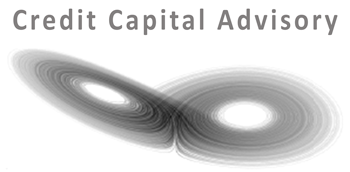Insight into the Impact of Credit Disequilibrium on Financial Markets
Preserving capital and avoiding market volatility – Credit Cycle Investing
The rate of profit growth appears to have stalled in the United States resulting in declining equity valuations. However, the extent of the cumulative credit process in this credit cycle implies a much lower level of asset correlation than in previous cycles. The...
Credit Capital Advisory launches quarterly credit cycle signal for the US market
The cumulative Wicksellian process that has been developing since 2009 has led to an increase in demand for more timely credit cycle signals. As a result Credit Capital Advisory has now launched its ex ante signals which update on a quarterly basis, a month before...
A Swedish perspective on the equilibrium level of interest
The equilibrium rate of interest in the history of economics has been a surprisingly controversial topic. In a brilliant essay [from 1979] the Swedish economist Leijonhufvud stated that “the theory of the interest rate mechanism is the center of the confusion in...
Credit disequilibrium models continue to outperform the market
I have had a number of requests recently to update the investment return tables generated from using a credit disequilibrium approach to investing. The ex ante model which begins back in 2001 continues to outperform the market significantly by avoiding being in...
A brief history of inflation in two charts
Over the last few months there have been numerous comments on blogs on the nature of inflation in historical periods, particularly that inflation has always been with us to a certain extent. The below chart demonstrates that this is clearly not the case. Using the...
Krugman, Wicksell and the inflation conundrum
Paul Krugman recently responded to Gavyn Davies’ excellent post on Keynesian Yellen vs Wicksellian BIS. Krugman argued that if an interest rate is set too low the economy overheats and we have accelerating inflation. However as Krugman points out there is no sign of...
